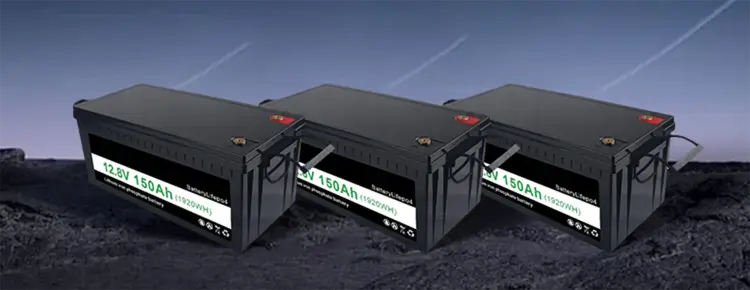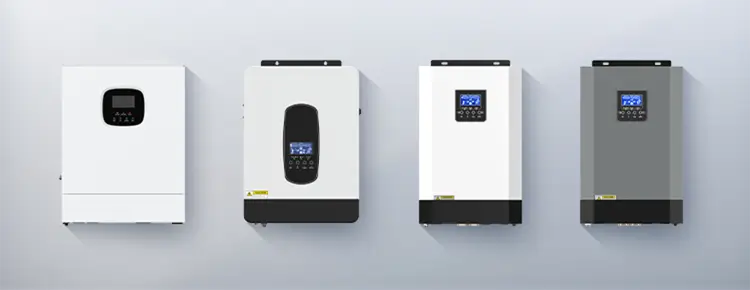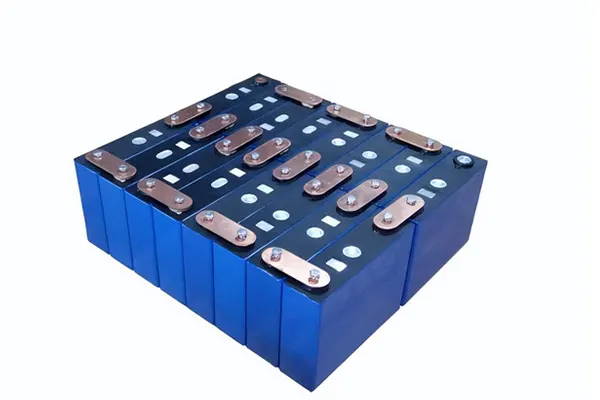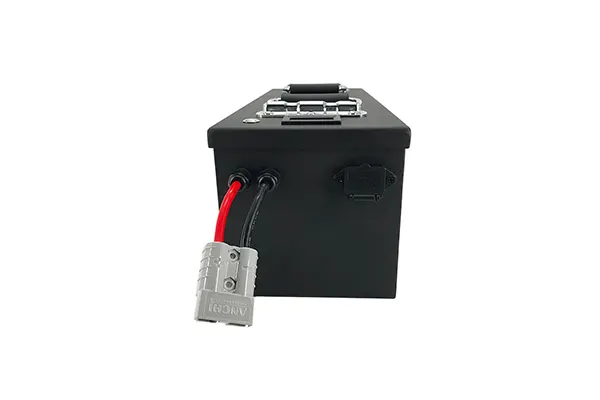



Blog
Hot Category
Latest Blog
05 Dec 2024
Eli
The development history of lithium iron phosphate batteries is a journey full of innovation and challenges. It has gone through several important stages from its initial discovery to its widespread application today. This article will introduce the development history and structural characteristics of lithium iron phosphate batteries in detail.
1. Initial stage: In 1996, Professor John Goodenough of the University of Texas led A.K.Padhi and others to discover that lithium iron phosphate has the property of reversibly migrating in and out of lithium. This discovery inspired the global research on lithium iron phosphate as a positive electrode material for lithium batteries, which became the beginning of lithium iron phosphate batteries.
2. Ups and downs: In 2001, A123, a company founded by researchers including MIT and Cornell, was established. The company has MIT's technical background and attracted a lot of investment. By 2012, A123 had more than 2,000 employees worldwide and a market value of up to US$2.6 billion. However, due to the lack of electric vehicle ecology and low oil prices, A123 eventually filed for bankruptcy and was acquired by China's Wanxiang Group.
3. Recovery stage: In 2014, Tesla announced that it would make its 271 global patents, including several invention patents and appearance patents, available for free. This move activated the entire new energy vehicle market. In the same year, many new energy vehicle companies were established, and the research and development of lithium iron phosphate TVs returned to the mainstream vision.
4. Overtaking stage: In recent years, with the continuous advancement of technology and the reduction of costs, lithium iron phosphate batteries have been widely used in electric vehicles, energy storage systems and other fields. In particular, the rise of Chinese companies such as CATL and BYD has made lithium iron phosphate batteries occupy an important position in the market. In order to improve the energy density and conductivity of lithium iron phosphate batteries, academia and the business community are constantly exploring new solutions. For example, CATL introduced CTP module-free technology to improve space utilization and simplify battery pack design; BYD launched blade battery technology, and together with CATL, it increased the energy density of lithium iron phosphate battery packs to the corresponding NMC-523.

1. Lithium iron phosphate battery is a lithium-ion battery with lithium iron phosphate as the positive electrode material, graphite as the negative electrode material, and organic solvent as the electrolyte. Lithium iron phosphate batteries have the advantages of high energy density, long cycle life, and low self-discharge rate. Its structural characteristics include components such as positive electrode, negative electrode, diaphragm and electrolyte.
2. The positive electrode material of lithium iron phosphate battery is lithium iron phosphate, which has good structural stability and electrochemical properties. The negative electrode material is graphite, which can embed and deintercalate lithium ions. The diaphragm plays the role of isolating the positive and negative electrodes to prevent short circuits. The electrolyte is a mixture of lithium salts and organic solvents, which can provide a channel for ion transmission.
3. The basic principle of lithium iron phosphate batteries is to realize the charge and discharge process through the embedding and deintercalation of lithium ions between the positive and negative electrodes. During the charging process, lithium ions are embedded in the negative electrode from the positive electrode, and the negative electrode material forms lithium compounds. During the discharge process, lithium ions are deintercalated from the negative electrode and return to the positive electrode, and the positive electrode material returns to its original state.

In general, lithium iron phosphate batteries will continue to play an important role in the future energy field with their advantages such as high safety, long life and low cost.